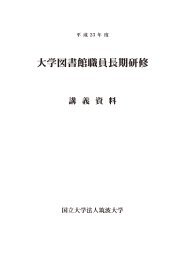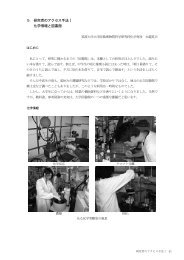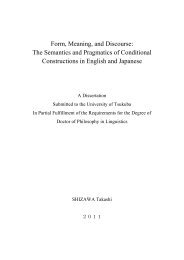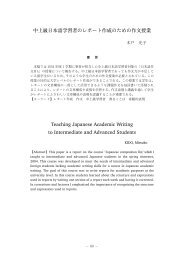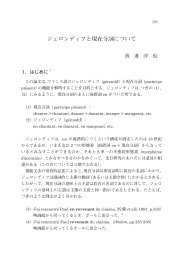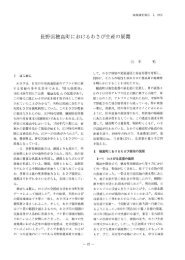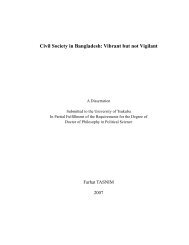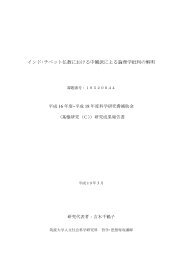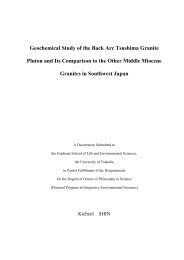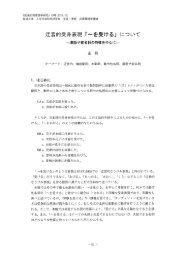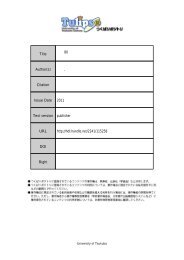Gamma Rays and CarbonIon-Beams Irradiation for Mutation ...
Gamma Rays and CarbonIon-Beams Irradiation for Mutation ...
Gamma Rays and CarbonIon-Beams Irradiation for Mutation ...
Create successful ePaper yourself
Turn your PDF publications into a flip-book with our unique Google optimized e-Paper software.
such as ‘Paka’ (AA) <strong>and</strong> ‘Pisang lilin’ (AA). Genetic resistance to black<br />
Sigatoka is clearly the best long-term goal <strong>for</strong> disease control especially <strong>for</strong><br />
smallholders who cannot af<strong>for</strong>d to purchase chemicals. Cultivars such as<br />
‘Pisang Awak’ (AAB), ‘Yangambi km 5’ (AAA), ‘Pisan Ceylan’ (AAB-<br />
Mysore), ‘Pelipita’ (ABB) <strong>and</strong> ‘Saba’ (ABB) have resistance levels with<br />
good agronomic potential. However, these do not suit all local tastes <strong>and</strong><br />
some are susceptible to Fusarium wilt (Jones <strong>and</strong> Maurichon, 1993).<br />
‘Ducase’ <strong>and</strong> ‘Kluai Namwa Khom’ cultivars have been reported by<br />
Daniells <strong>and</strong> Bryde (1999) as resistant to black Sigatoka <strong>and</strong> are being<br />
utilized by the banana replacement programmes in northern Australia.<br />
‘Calcuta 4’, belonging to the Musa acuminata ssp.<br />
burmannicoides, shows a considerable potential as a male germplasm<br />
source in breeding plantain <strong>for</strong> black Sigatoka resistance, unlike the wild<br />
types belonging to the subspecies malaccensis, whose defects in bunch <strong>and</strong><br />
bunch size were transmitted to their progeny (Swennen <strong>and</strong> Vuylsteke,<br />
1993). In Ecuador, ‘FHIA-01’ <strong>and</strong> ‘FHIA-02’ cultivars have shown a low<br />
disease index value (31.1 <strong>and</strong> 37.3%, respectively) when black Sigatoka<br />
was evaluated, in contrast with ‘Valery’ (a ‘Cavendish’ type), which<br />
showed 97.2% of disease index (Reyes-Borja, 1995).<br />
The Global Musa Genomics Consortium (2002) mentioned that<br />
after rice <strong>and</strong> Arabidopsis, the banana is the third plant genome sequenced.<br />
Comprised of just 11 chromosomes with a total of 500 to 600 million base<br />
pairs, the banana genome is the smallest of all plants <strong>and</strong> researchers expect<br />
quick results. There are already frameworks of genetic maps based on<br />
genetic markers. Large insert DNA libraries (BACs) are becoming<br />
available, <strong>and</strong> populations of hybrids are being made <strong>for</strong> mapping <strong>and</strong> trait<br />
evaluation. Regarding resistance genes to pests <strong>and</strong> diseases, existing maps<br />
should allow isolation of genes involved in black Sigatoka resistance.<br />
Currently, a QTL <strong>for</strong> Sigatoka resistance has been anchored on a map<br />
10



